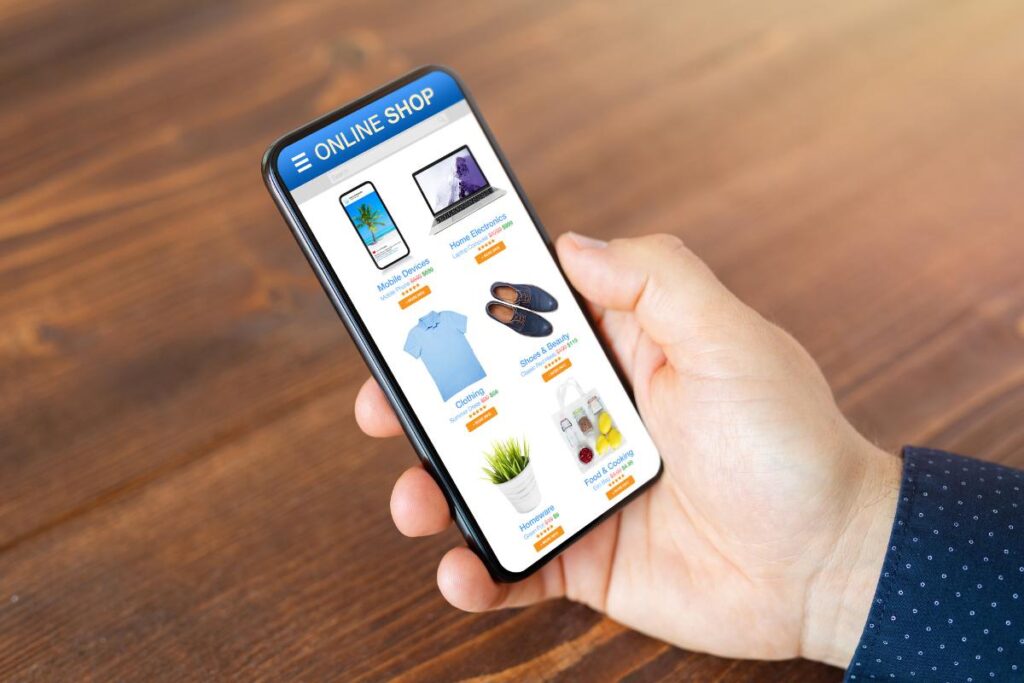
Amazon is the largest eCommerce platform in the world, and competition is fierce. If you want to maximize sales, optimizing your product listings is crucial. A well-optimized listing increases visibility, improves conversion rates, and boosts rankings on Amazon’s search results. Here’s a comprehensive guide to optimizing Amazon product listings for higher sales in the USA market.
1. Conduct In-Depth Keyword Research
To ensure your product reaches the right audience, thorough Amazon SEO keyword research is essential. Use tools like Helium 10, Jungle Scout, and MerchantWords to find high-volume, relevant keywords.
- Identify primary keywords: These are the main search terms customers use to find your product.
- Use long-tail keywords: These have lower competition but high conversion potential.
- Analyze competitors: Look at top-ranking products in your category to find common keywords.
2. Optimize Product Titles for Maximum Visibility
Amazon’s algorithm heavily weighs product titles, so they must be keyword-rich and compelling.
Best Practices for Amazon Product Titles:
- Include primary keywords at the beginning.
- Add brand name for recognition.
- Clearly state product features (size, color, material, etc.).
- Follow Amazon’s character limit (200 characters for most categories).
- Keep it readable and natural, avoiding keyword stuffing.
Example of an Optimized Title:
✅ “Wireless Noise-Canceling Bluetooth Headphones – 40H Playtime, Hi-Fi Stereo, Deep Bass, Over-Ear, Built-in Mic – Black”
3. Craft a High-Converting Product Description
Your product description should be persuasive and informative. It must convince potential buyers why your product is the best choice.
Key Elements of a Winning Product Description:
- Highlight benefits over features.
- Use engaging storytelling to create an emotional connection.
- Include secondary keywords naturally.
- Address potential customer pain points and provide solutions.
- Use bullet points for readability.
4. Optimize Bullet Points for Readability and Conversions
Amazon allows up to five bullet points in most categories. This section is crucial for helping customers quickly scan key product benefits.
Best Practices for Bullet Points:
- Start each point with a capitalized key feature.
- Keep it concise yet informative.
- Highlight unique selling points (USPs).
- Mention key specifications like dimensions, weight, or compatibility.
- Address common customer concerns (e.g., “Water-resistant and durable for outdoor use”).
5. Use High-Quality Images and Videos
Amazon’s guidelines recommend at least six high-resolution images. Images play a huge role in conversions because customers rely on visuals when shopping online.
Image Optimization Tips:
- Use high-resolution (1000×1000 pixels minimum) for zoom effect.
- Show multiple angles and close-ups.
- Include infographics and lifestyle images.
- Follow Amazon’s image guidelines (white background, 85% of the image filled with the product, no watermarks).
- Add a product video to increase engagement.
6. Leverage A+ Content (Enhanced Brand Content – EBC)
If you are a brand-registered seller, take advantage of A+ Content (EBC). This feature allows you to use rich media, enhanced images, comparison charts, and brand storytelling to create visually appealing listings.
Benefits of A+ Content:
- Increases conversion rates.
- Helps with brand storytelling.
- Reduces customer confusion by providing clear details.
7. Optimize Back-End Search Terms
Amazon provides a back-end search terms field where sellers can insert additional keywords that don’t appear on the front end of the listing.
Guidelines for Backend Keywords:
- Do not repeat words from your title or bullet points.
- Use relevant synonyms, abbreviations, and alternate spellings.
- Avoid using competitor brand names or prohibited terms.
- Separate keywords with spaces, not commas.
8. Price Competitively to Increase Sales
Pricing plays a significant role in both search rankings and conversion rates.
Amazon Pricing Strategies:
- Use dynamic pricing tools to stay competitive.
- Offer discounts or coupons to attract buyers.
- Consider Amazon Lightning Deals for temporary boosts in visibility.
- Analyze competitor pricing and adjust accordingly.
9. Encourage Positive Reviews and Ratings
Amazon’s algorithm favors products with higher ratings and more reviews. Encourage satisfied customers to leave reviews.
How to Get More Reviews:
- Use Amazon’s “Request a Review” button.
- Send follow-up emails (within Amazon’s guidelines).
- Provide excellent customer service to reduce negative feedback.
- Offer great packaging and a personalized thank-you note.
10. Optimize for Amazon PPC (Pay-Per-Click) Advertising
If you want to boost product visibility quickly, Amazon PPC advertising is a powerful tool.
Amazon PPC Best Practices:
- Run Sponsored Product Ads for high-converting keywords.
- Use Automatic and Manual Campaigns.
- Continuously optimize bids and keywords.
- Monitor ACOS (Advertising Cost of Sales) to maintain profitability.
11. Utilize Amazon FBA for Better Conversion Rates
Amazon’s Fulfillment by Amazon (FBA) program increases the chances of winning the Buy Box and improves shipping reliability.
Benefits of Amazon FBA:
- Faster Prime shipping eligibility.
- Improved customer trust.
- Higher chance of winning the Buy Box.
- Amazon handles returns and customer service.
Final Thoughts
Optimizing your Amazon product listings requires a strategic approach. By implementing keyword-rich titles, high-quality images, A+ content, optimized descriptions, and PPC advertising, you can increase visibility, drive sales, and outrank competitors. Start optimizing your listings today to maximize your success on Amazon USA!
